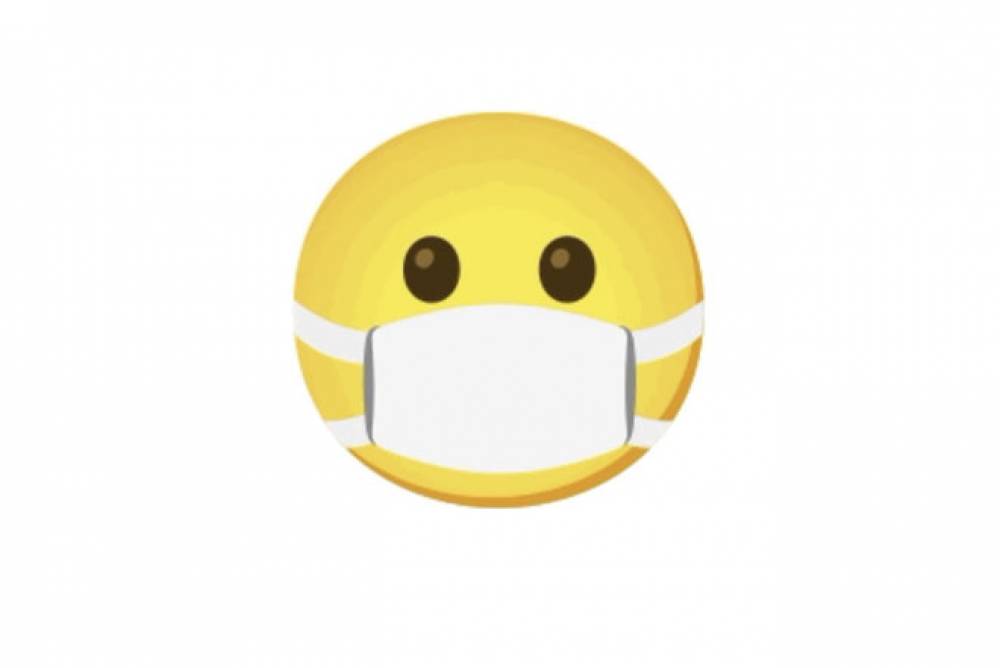
Google redesigns its emoji to be more universal and authentic
Google redesigns its emoji to be more universal and authentic
Google announced that it is updating 992 of its emoji designs to make them more "universal, accessible, and authentic." The new designs will be available alongside Android 12 this year, but Google notes that they will also be compatible with older versions of Android via its Appcompat compatibility layer. They'll also be available this month on other Google platforms, including Gmail, Google Chat, Chrome OS, and YouTube Live Chat.
None of the changes are dramatic. Rather than that, they are mostly the kinds of tweaks that make the meaning of each emoji more easily understood by a wider range of people at a glance. For instance, the pie emoji currently resembles a traditional American pumpkin pie. That's fine for Americans, but it meant that the design resembled a tart rather than a traditional pie in the United Kingdom. This should be addressed by the new, more universal design.
In other cases, Google has enhanced the boldness and exaggeration of its designs, which is beneficial given how small they appear on most screens. The croissant and bacon emojis now have a more polished appearance, while the scissors have an exaggeratedly sharp edge. Likewise, vehicles such as cars and taxis have had their proportions adjusted to make them more visually appealing.
More News on Emoji Redesign
Finally, the bikini emoji is no longer worn by an invisible person, and the face mask emoji now depicts an open face. Google says the change reflects the fact that masks have evolved into a "universal way of expressing kindness to others" rather than a sign of illness.
It's not uncommon for businesses to redesign their emoji in this manner, either to address inaccuracies or to reflect shifting cultural assumptions about how they're used. Apple made a similar change to its own mask emoji last year, adding a smiling face beneath the mask, and it also changed the syringe emoji to make it more appropriate as a vaccine symbol. It even updated its abacus emoji in 2019 after users pointed out issues with the previous design. In addition, let us not forget Google's 2017 redesign of its burger and beer emojis in response to public outcry.
If you're wondering why there's been such a flurry of emoji news over the last couple of days, it's because ‘World Emoji Day’ was recently celebrated, July 17th. On July 16th, the finalists for this year's new batch of emoji were announced, Facebook announced new emoji with sound for its Messenger service, and even Microsoft got in on the action with a new set of 3D emoji for Windows, Office, Microsoft Teams, and other platforms.

